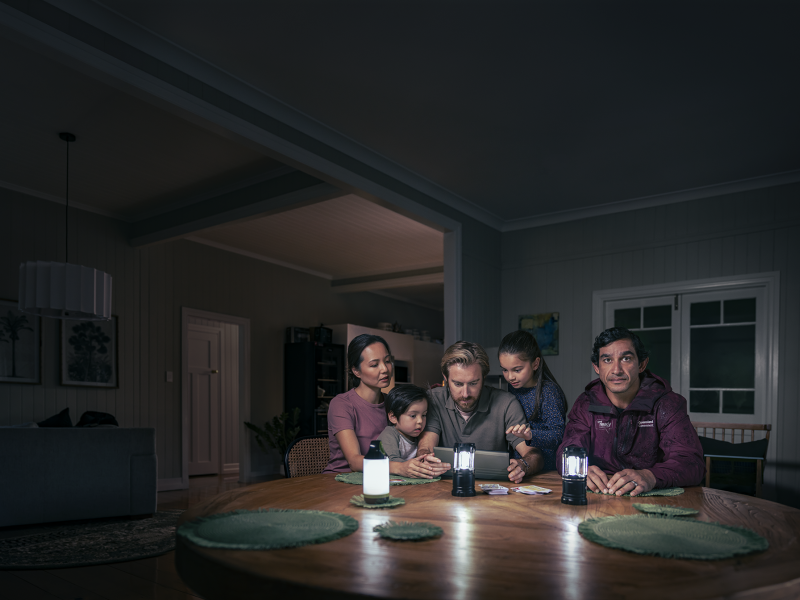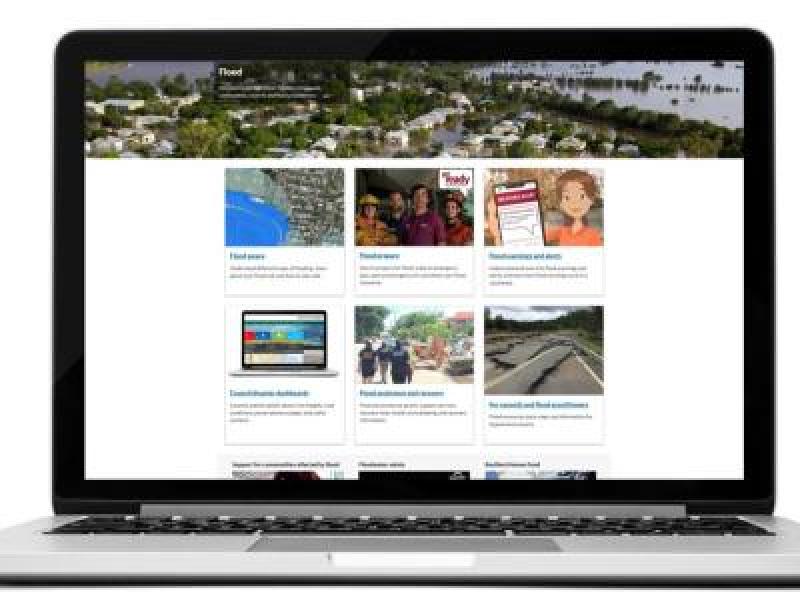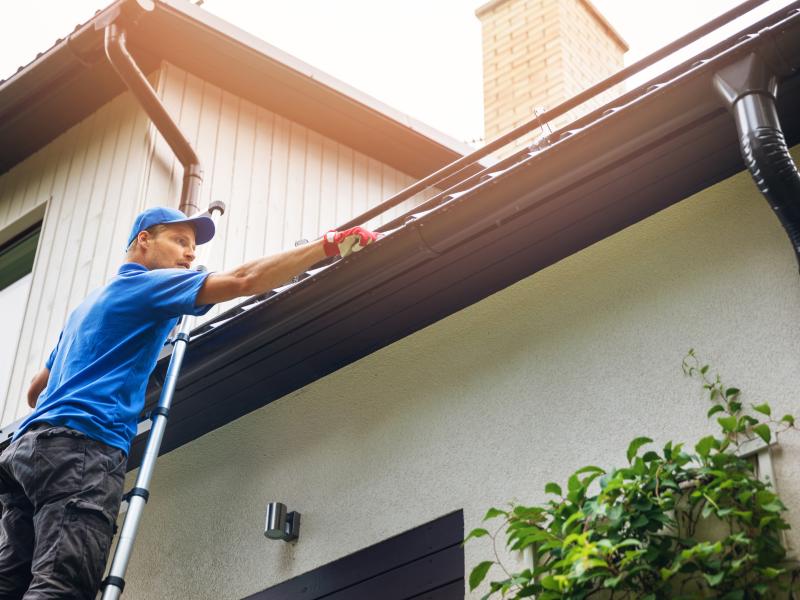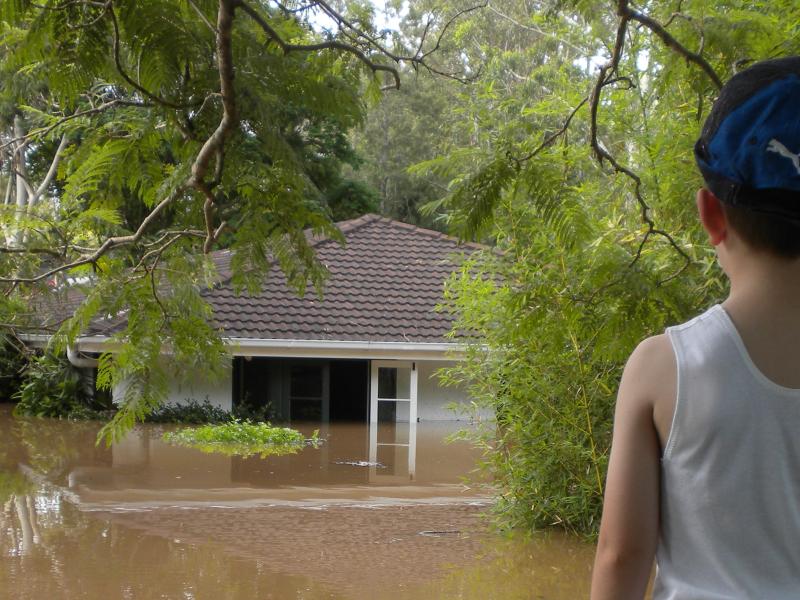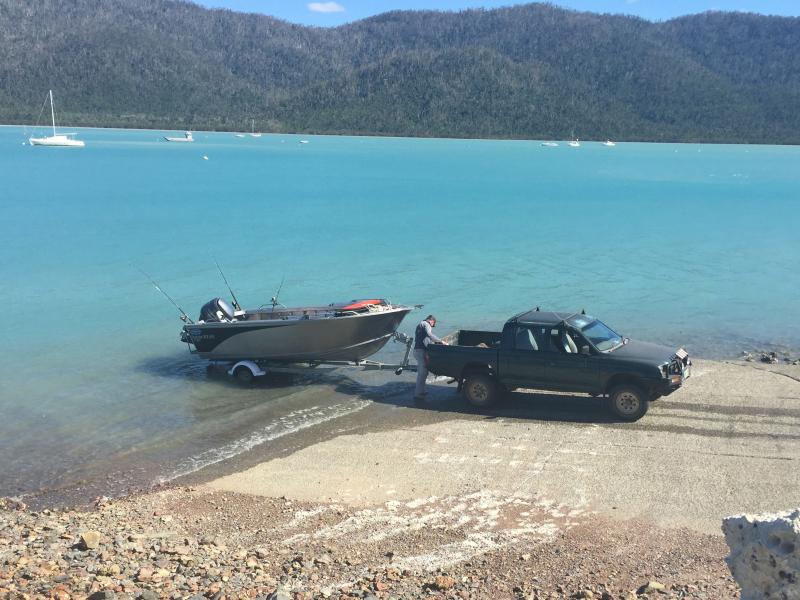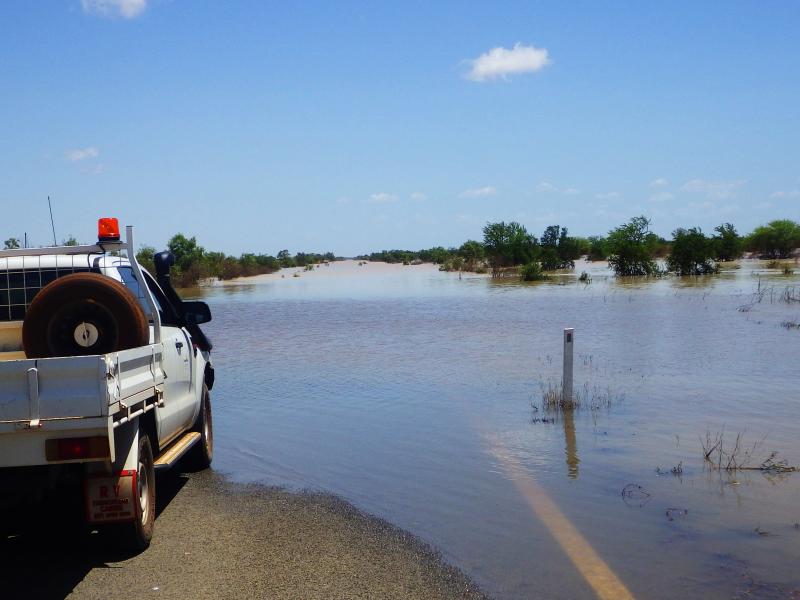Living with flooding is part of life in Queensland. We can’t prevent floods from happening, but we can take steps to be prepared.
What is a flood?
To put it simply, flooding is a when a normally dry area is covered in water. No two floods are the same, and different types of flooding can occur and vary depending on the quantity, duration and location of rain falling on our catchments.
Flood impacts
Floods can have both positive and negative impacts. While flooding can bring welcome relief for people and ecosystems suffering from prolonged drought, they can also damage homes, communities, businesses, schools, roads and infrastructure, and even lead to loss of life.
Flood types
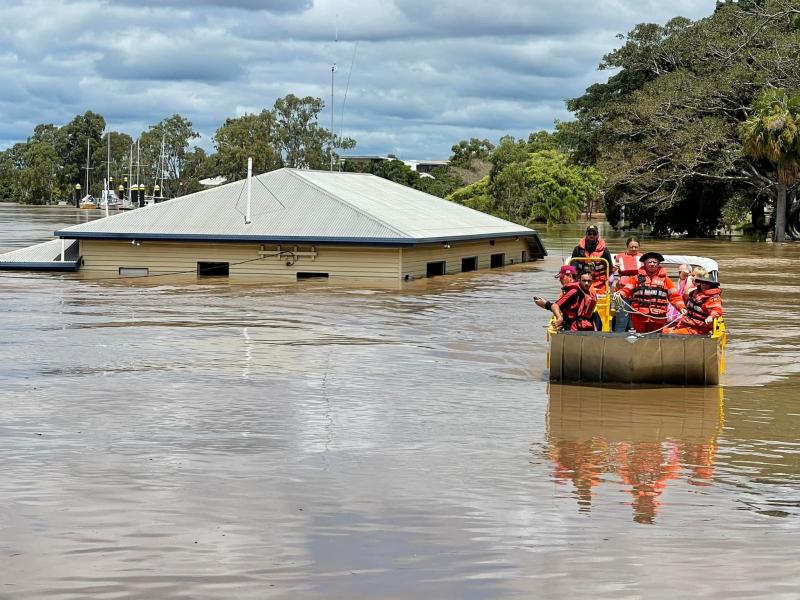
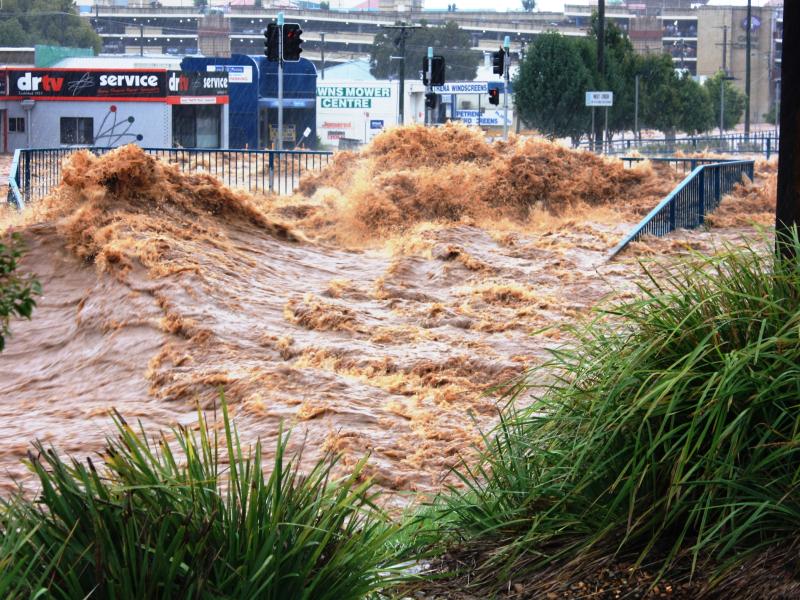
Understand your flood risk
Contact your local council to learn more about your flood risk.
Here are some questions to help you get started:
- What is the flood risk at my place? Where can I find this information?
- Could my property be flooded? (Ask about ground level versus flood levels)
- Could my house be flooded? (Ask about floor level versus flood level)
- Could my street be cut off by flood waters?
- Where would I go if I needed to evacuate?
- Which flood warning gauge is most relevant for me?
Make sure to check the flood risk for other locations that are important to you e.g. schools, work, relatives and any other places you regularly visit, considering safe potential evacuation routes and locations should you need to evacuate.
Understand flood warnings
All Queenslanders should be familiar with official flood warnings to be able to seek information, make decisions and act.
- Register with your council for flood warnings and alerts or visit your local council website or disaster dashboard for the latest emergency information.
- Get flood warning notifications direct to your device with the BOM Weather App
- Check the Bureau of Meteorology website - Queensland Warnings Summary.
- Tune into local radio stations and social media and stay informed for situational awareness.
- Watch the 'Flood warnings' video to find out more about how Queensland’s rain and river gauges work, and how forecasts warn our communities about the approximate size of a flood and when it is likely to reach different locations so that people know how to respond.
Steps to reduce the impact of floods
Take the following steps to reduce both the emotional and tangible impacts of floods:
